The Story and Artifacts of
Goguryeo Kingdom
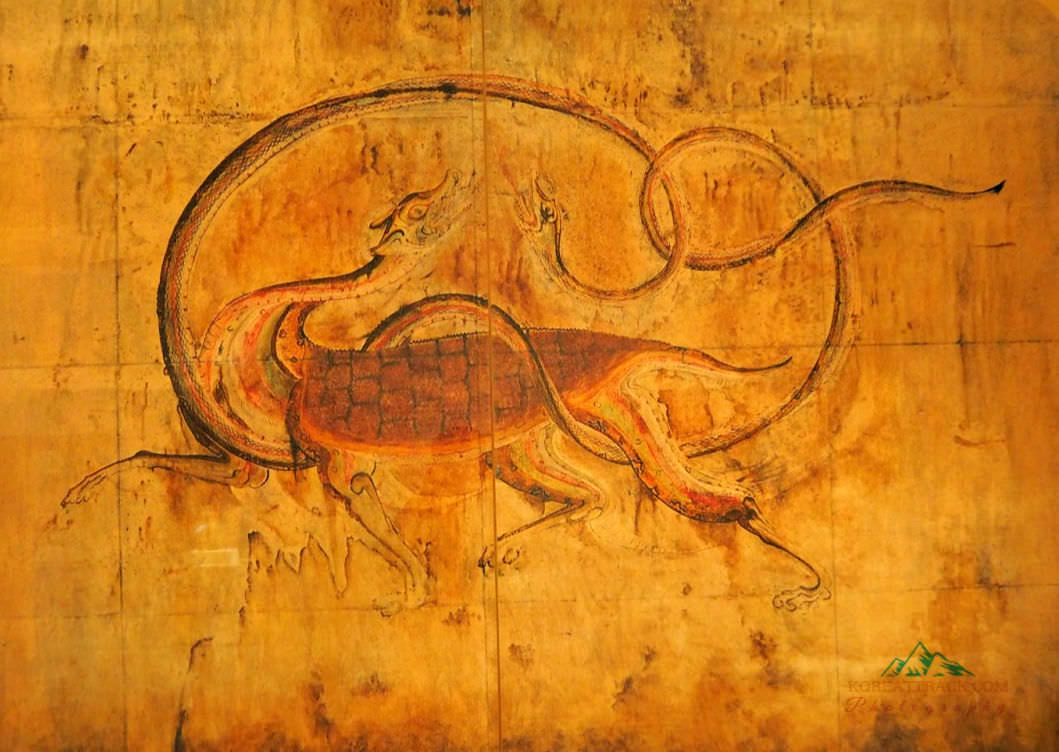 Black Tortoise with dragon head painting
Black Tortoise with dragon head paintingStory and Artifacts of Goguryeo Kingdom
The Goguryeo Kingdom is the first among the three articles I'm going to write. Most of the descriptions here are cited from the National Museum of Korea in Seoul.
Yes, I took the photos myself and hope they can help describe the history on some parts of the Goguryeo Kingdom very briefly.
The Goguryeo Kingdom[1], sometimes called Goryeo, was one of the famous Three Kingdoms in Korea that existed from 37 BCE to 66 CE. It dominated the northern and central parts of Korea and the southern and central regions of Manchuria.
Below are some of the significant features and achievements of Goguryeo...
- founded by Jumong, a prince from Buyeo in 37 BCE
- influential in East Asia but was defeated by Silla in 668
- organized as the league of various tribes and later became powerful and expanded wit military activities
- experienced a golden age under Gwanggaeto the Great and his son Jangsu.
 Standing Buddha with his golden aura sculpted in the Goguryeo period.
Standing Buddha with his golden aura sculpted in the Goguryeo period.Establishment of Goguryeo Kingdom
Having arisen from the
middle reaches of Amnokgang River, Goguryeo, became the first out of the
three coexisting kingdoms to establish an ancient state by
territorially expanding into surrounding regions.
While
maintaining its traditional culture, Goguryeo actively accepted the
foreign cultures of China and other regions. Its culture, consequently,
is a dynamic as well as functional.
Characteristics of Goguryeo culture are well expressed in palaces, fortress sites, Buddhist temple sites, and burials.
Goguryeo
culture had influenced those of Baekje, Silla, Gaya as well as that of
Japan (also referred to as Wae) and it was further continued and
developed by Unified Silla Kingdom and Balhae.
Life in Goguryeo
Castles of Goguryeo comprise various types of buildings, paved roads, and other facilities. A mansion of a noble consisted of a detached men's part of a house, the main building as well as a barn, garage, kitchen, storage, butchering place, and well-kept garden.
Main buildings were covered with roof tiles and underfloor heating system, and Ondol (floor heating system) was used. A treadmill was used for pounding cereals, and they were ground into a powder to be steamed in a steamer.
Food cooked in a kitchen was carried into rooms, and the host and guests ate at separate tables.
Hulled grains were kept in storage, which had only supporting columns on the lower floor and the main structure on the level above. People rode chariots with spooked wheels, pulled by horses or cows.
People of Goguryeo built several hundred of fortresses. In contrast with mountain castles, those built on level land were for regions around the capital city.
Compared to aggressive and defensive characteristics of mount castles, those of level land were appropriate for living. As a result, they served as centers for diverse political and administrative activities.
Capital cities of Goguryeo Kingdom had been built to include level land and mountain castles in a pair so that people could carry out their daily lives in the former and move into the latter in times of war or emergency.
 Goguryeo's bronze bowl with characters in the bottom
Goguryeo's bronze bowl with characters in the bottomBurials of Goguryeo
The story and artifacts of Goguryeo burials can be divided mainly
into a stone-piled tomb and earth-piled tomb. The burial style of the
former is that of early Goguryeo.
The tomb consists of a layer
of stones made on the ground surface, on which the dead are laid, and a
pile of stones covering everything. The shape of this style of tomb
changed from non-mound to mound to platformed-mound.
Earth-piled
tombs have an entranceway with a burial chamber, and the whole
structure is covered with earth. This type of tomb varies in number of
its burial chambers, design of the ceiling, the location of the
entranceway, and in other aspects.
Among these diverse
variations, some tombs had been developed to comprise a stone chamber
with mural paintings. The paintings include scenes of life customs,
decorative patterns, four protective deities, and other diverse themes.
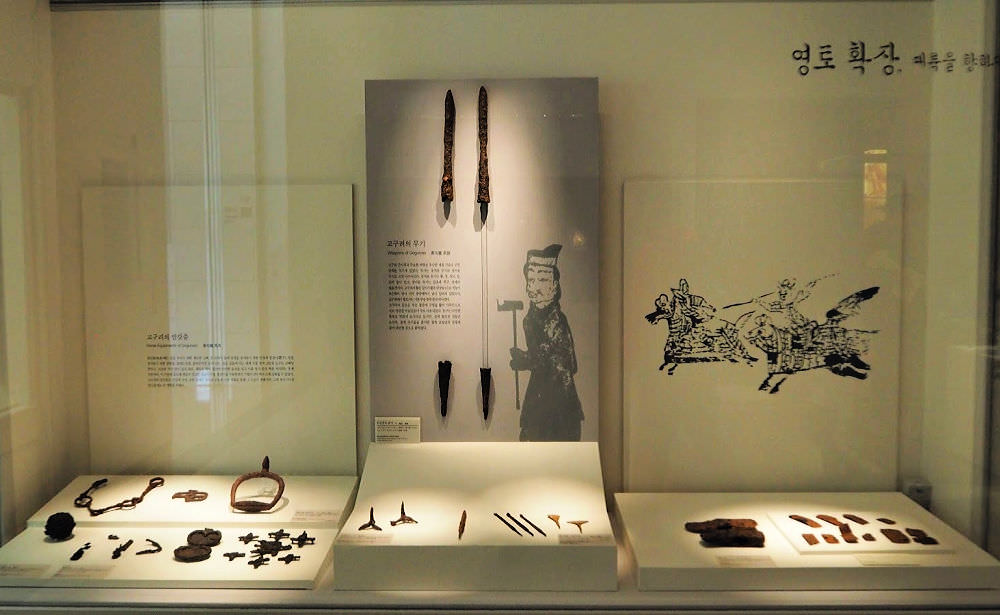 Horse tools and lances
Horse tools and lancesGangseodaemyo (Gangseo Great Tomb)
Gangseodaemyo is located in Sammyo-ri Gangeo district in Nampo City. It is a soil mound stone chamber tomb, largest and farthest in South among the three soil mound stone chamber tombs in Sammyo-ri that form a triangle.
The grave faces south, and the chamber was built over the ground. It is a single-chamber tomb composed of the corridor and main chamber.
The walls and ceiling corbel of the chamber was made with huge finely trimmed granite stones. The main chamber walls were built up by piling slabs and cutting the top surfaces of the slabs in a slant direction, and the walls were designed to taper upwards.
Murals were painted immediately onto the surface of the stone walls, and the theme is the Four Guardians Deities. The Four Guardian Deities on the main chamber walls are enormous enough to cover the entire wall, having no background images.
Especially the Black Tortoise and Serpent scene shows a high degree of artistic perfection, hence, attracting public attention since the time of initial research.
Gangseodaemyo is presumed to have been built in the late sixth century. Such tomb typically has a single-chamber tomb structure, murals are mainly on the Four Guardian Deities, and the expressional technique of the Four Guardian Deities has reached its peak.
 Finely painted mythical dragon of the Goguryeo Kingdom Period (National Museum of Korea, Seoul) Photo: Abbie
Finely painted mythical dragon of the Goguryeo Kingdom Period (National Museum of Korea, Seoul) Photo: AbbieThe Four Guardians Deities
The Four Guardian Deities are a pantheon of four divine beasts, namely, the Blue Dragon, the White Tiger, the Red Phoenixes, and the Black Tortoise and Serpent.
The Four Guardian Deities are gods believed to be related to the four cardinal directions, the four seasons as well as the twenty-eight major constellations.
They are said to ward off evil influences and ensure the harmony of yin and yang energies.
In the 5th century Goguryeo tombs, the Fur Guardian Deities were portrayed as symbols of the afterlife, mostly on the ceiling of the main chamber, alongside the sun, moon, constellations, lotus blossoms and other sacred beasts.
Not set practices existed concerning their representation and position, and the Four Guardian Deities, in tombs of this period, were often strange awkward-looking.
At times, they were depicted in pairs, and at other times, one or more of them were omitted.
Their representations became more sophisticated as well as natural over time, to more successfully convey the sacredness of these diving beasts.
From the 6th century and onward, the Four Guardian Deities progressively gained importance in Goguryeo's burial culture, as tomb mural motifs, to eventually become the only them of main chamber murals.
This transition marked the shift through which the Four Guardian Deities were no longer straightforward motifs representing the afterlife among many other such motifs, but rose to the status of guardians of a tomb.
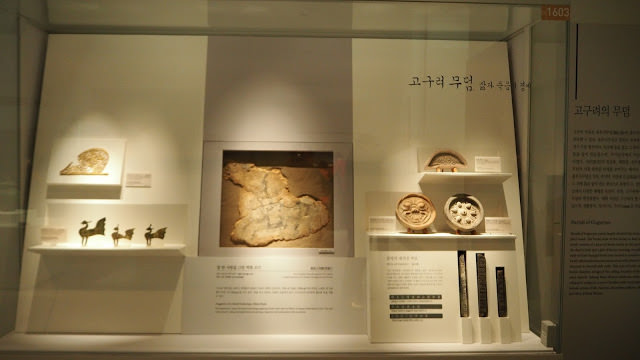 Some ornaments, painting, patterned roof tiles, among others, were typical items buried with the royals during the Goguryeo Kingdom period.
Some ornaments, painting, patterned roof tiles, among others, were typical items buried with the royals during the Goguryeo Kingdom period.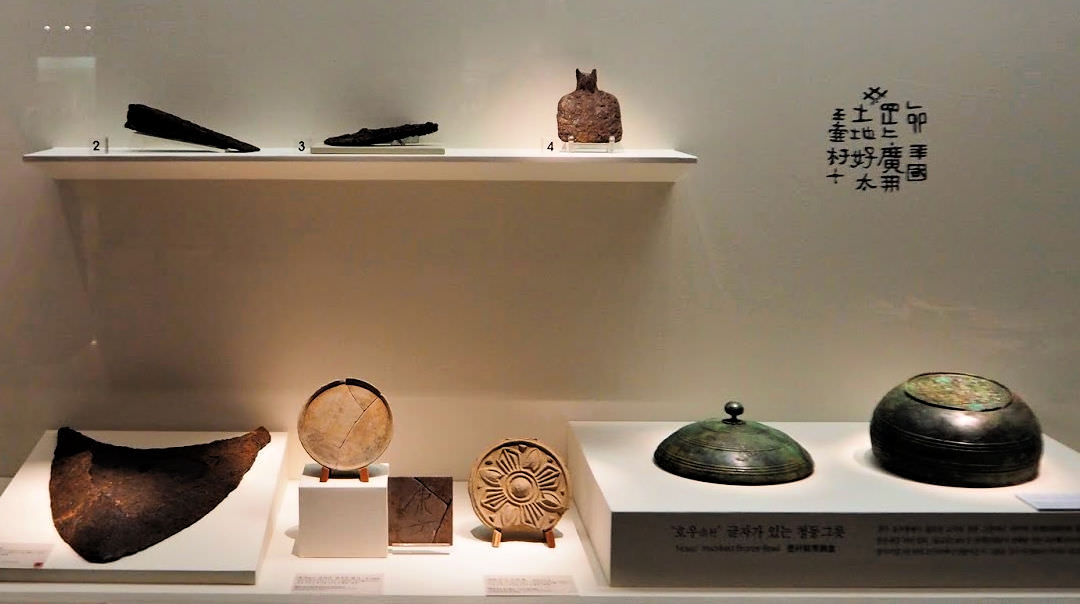 Armors, axes, bronze mirror, roof tile, bronze bowl
Armors, axes, bronze mirror, roof tile, bronze bowlIron Armored Cavalry of Goguryeo
The army of Goguryeo consisted of land and naval forces, and the former was further divided into cavalry and infantry.
Cavalrymen consisted of both heavily armed and lightly armed soldiers, and through skillful positioning of these men, battles were fought.
Heavily armed cavalrymen who wore iron armor and helmet, riding armored horses assumed the most crucial role in the army. These soldiers, referred to as gaemamusa (armored horse-riding soldiers), are well depicted on the mural painting of Goguryeo.
In 475, Goguryeo attached the capital of Baekje and conquered the land around Hangang River.
Many Goguryeo sites that attest to Goguryeo's southern expansion haven been discovered around the Imjingang River, the whole area of Yangju valley, lower reaches of Hangang River, and Geumgang River.
Most of these sites had been built by the Goguryeo army as small fortifications to control the traffic route. Hence they assume a military characteristic.
At these archaeological sites, located in the Achasan and Yongmasan mountain region, with the Ondol system, reservoir facility, temporary smithy, and rice mill have been found, accompanied by diverse artifacts.
By examining these sites, Goguryeo's military organization, lifestyle, as well as the method of domination, can be better understood.
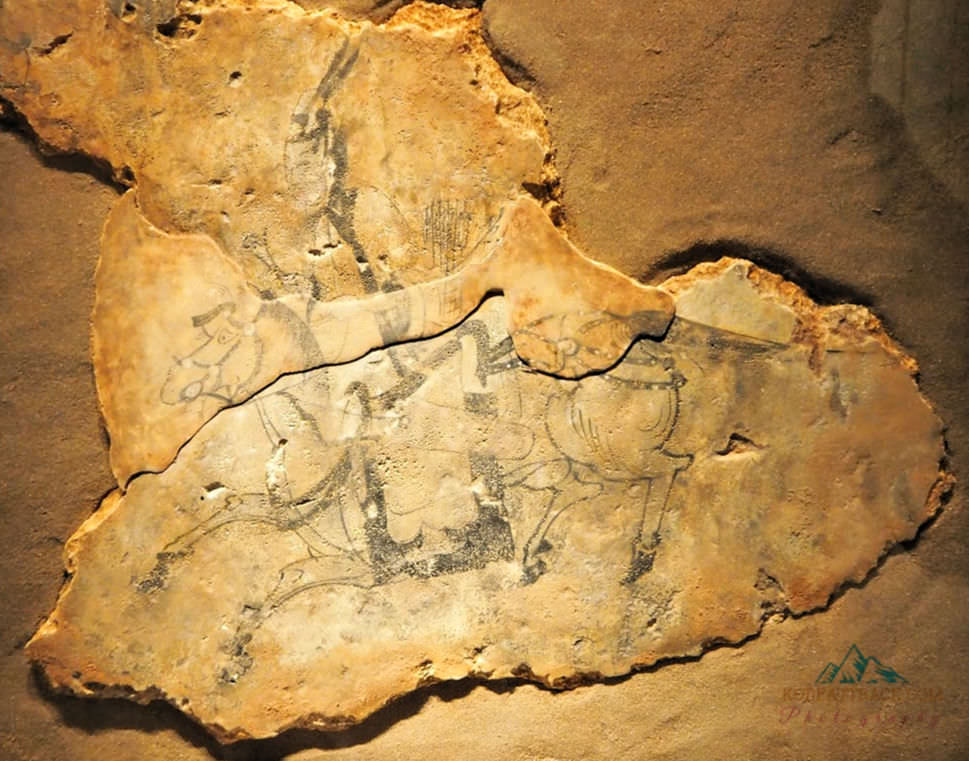 A horse-riding archer painted on a rock's face during the Goguryeo period
A horse-riding archer painted on a rock's face during the Goguryeo periodBuddhist Culture in Goguryeo
Buddhism was introduced into Goguryeo Kingdom in 372, the second year of the reign of King Sosurim (r. 371-384), in the form of Buddhist sculptures and scriptures from China's Former Qin (351-394).
Buddhism soon gained the support of the state and royal family, who commissioned the construction of Buddhist temples and the production of Buddhist statues.
Buddhist statues, either made from fine clay or cast with bronze and covered in gold, were influenced by the Buddhist art of China's Southern and Northern Dynasties period.
Elongated faces and folds characterize them in the robes that extend outwards in a dynamic manner. Approximately, 300 terracotta Buddha and Bodhisattva statues were recovered from a temple site in Wono-ri, Pyeongyang.
These are rare examples of Goguryeo Buddhist statues of known provenance that were produced after the mid-sixth century.
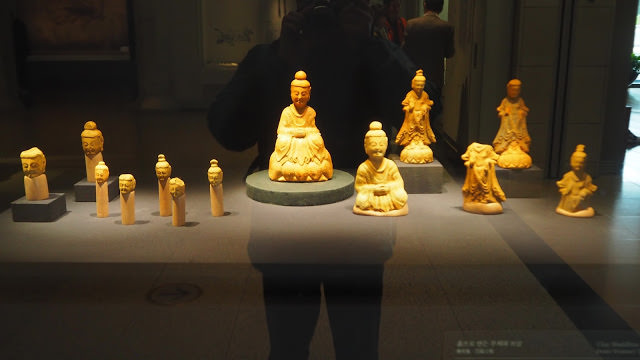 Clay Buddhas and Bodhisattva Statues made during the Goguryeo Kingdom (National Museum of Seoul)
Clay Buddhas and Bodhisattva Statues made during the Goguryeo Kingdom (National Museum of Seoul)Clay Buddhas and Bodhisattvas from Wono-ri Temple
In 1937, more than 300 seated Buddha and standing Bodhisattva images were found at a temple site in Wono-ri, Pyeongannam-do. The figures are made from clay, and they date back to the mid-6th century, during the Goguryeo Period.
Buddha with Inscription of the 7th Year of Yeongga
This Buddha image, found in 1963, bears an inscription on the back that states that it was made in the "7th Year of Yeonga" (539 CE) at Dongsa Temple in Pyongyang, to spread the Thousand Buddha belief.
How to Get to the National Museum of Korea
You can see more artifacts
made during ancient Korea's Goguryeo Kingdom at South Korea's national
museum. Yes, they are exciting and entertaining as well as educational.
The
museum is enormous and houses thousands of ancient artifacts, both
donated and excavated after many decades of work and research.
You
can check out more about the National Museum of Korea and see how
to get there using public transports. It is in Seoul, so it is quite
easy to find.
I hope this is helpful in your search for the Goguryeo Kingdom in ancient Korea.
Have a good day!
- Home
- Historical Attractions
- Story of Goguryeo Kingdom
Get Exciting Activities
Book one of our exciting activities today to experience the thrill of a lifetime! Take advantage of this opportunity and secure your spot in advance.
Hotel Map Guide
Find your affordable, accessible, and comfortable hotel in Seoul at Agoda.Com. See the hotel map below...
Hotel Booking Guide
Find affordable and amazing hotels on Agoda.com using the search box below. Book now to enjoy great discounts and save!
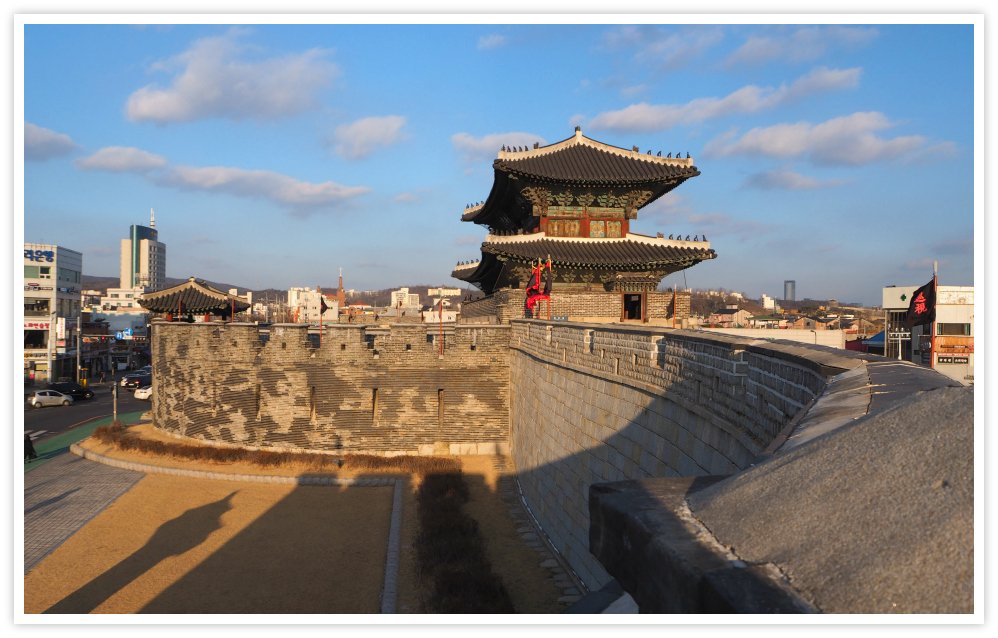
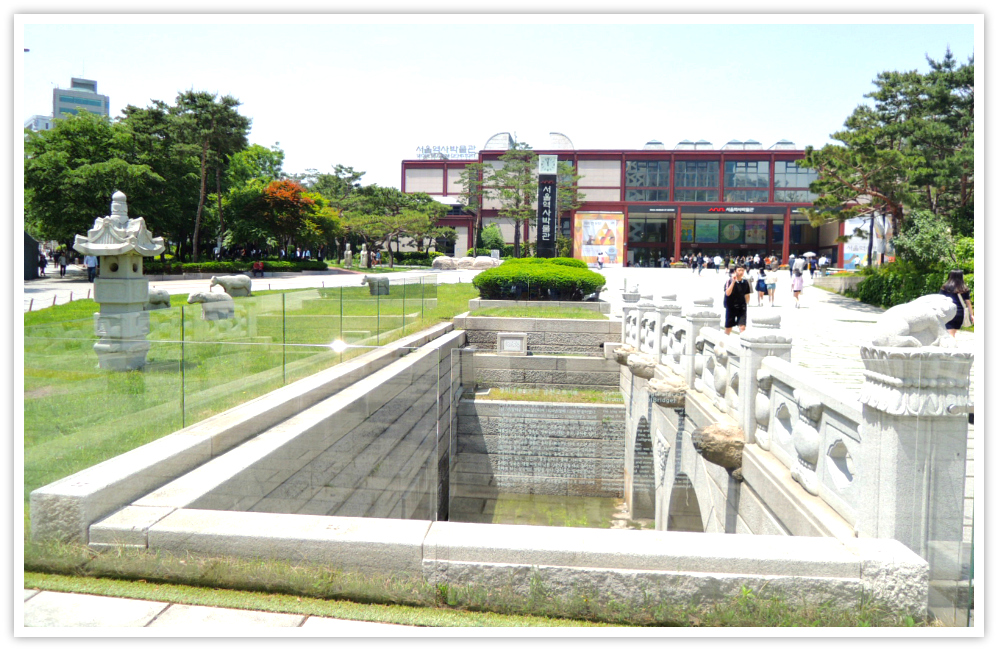
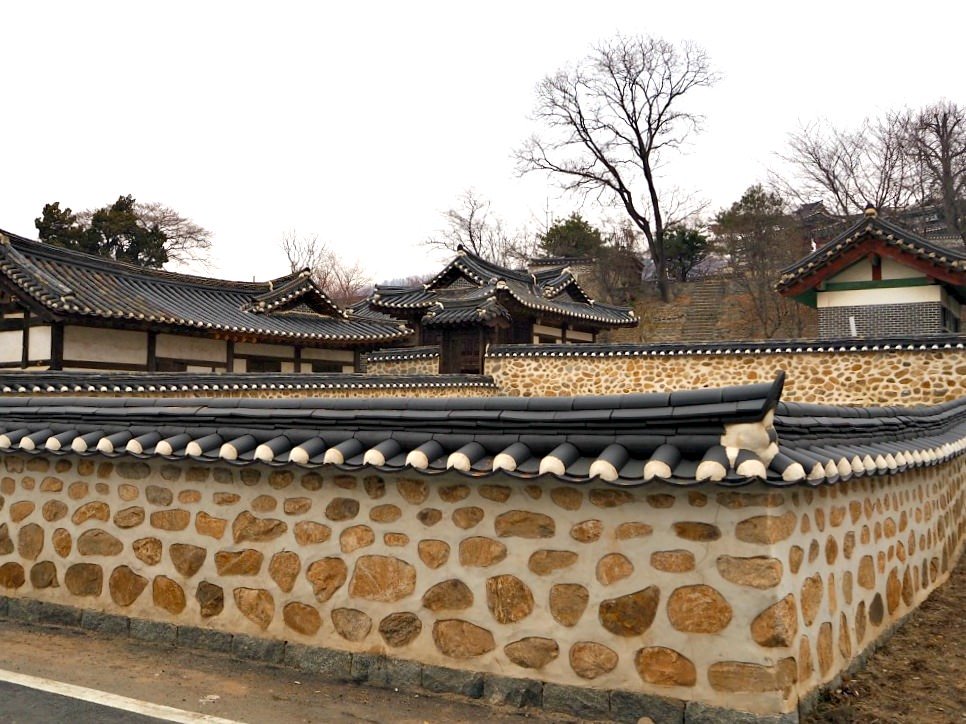




New! Comments
What do you think about this page? Leave me a comment in the box below.